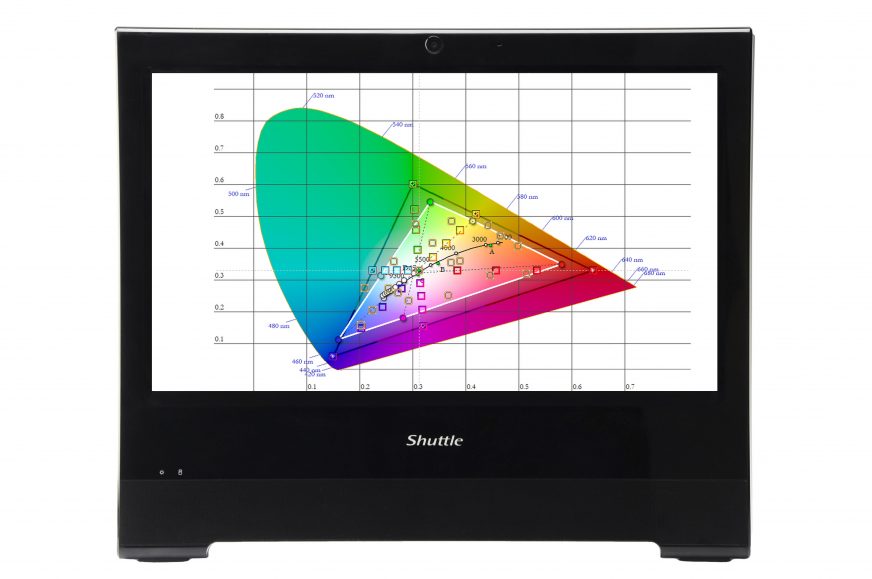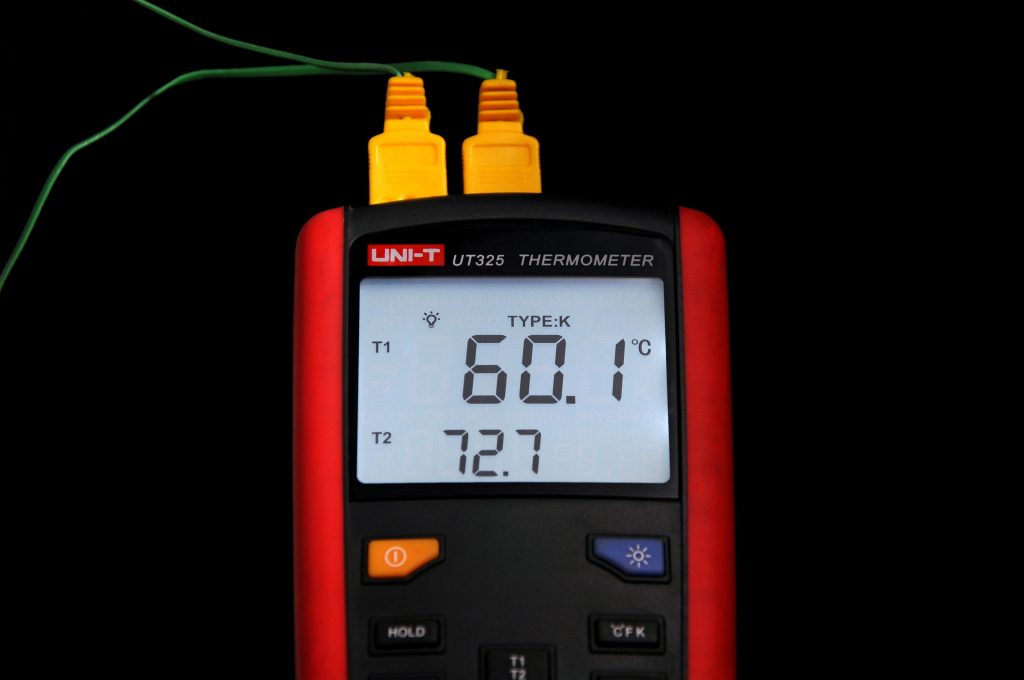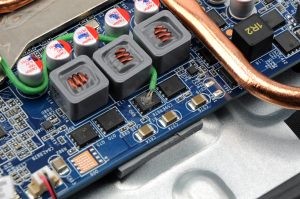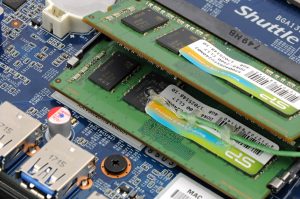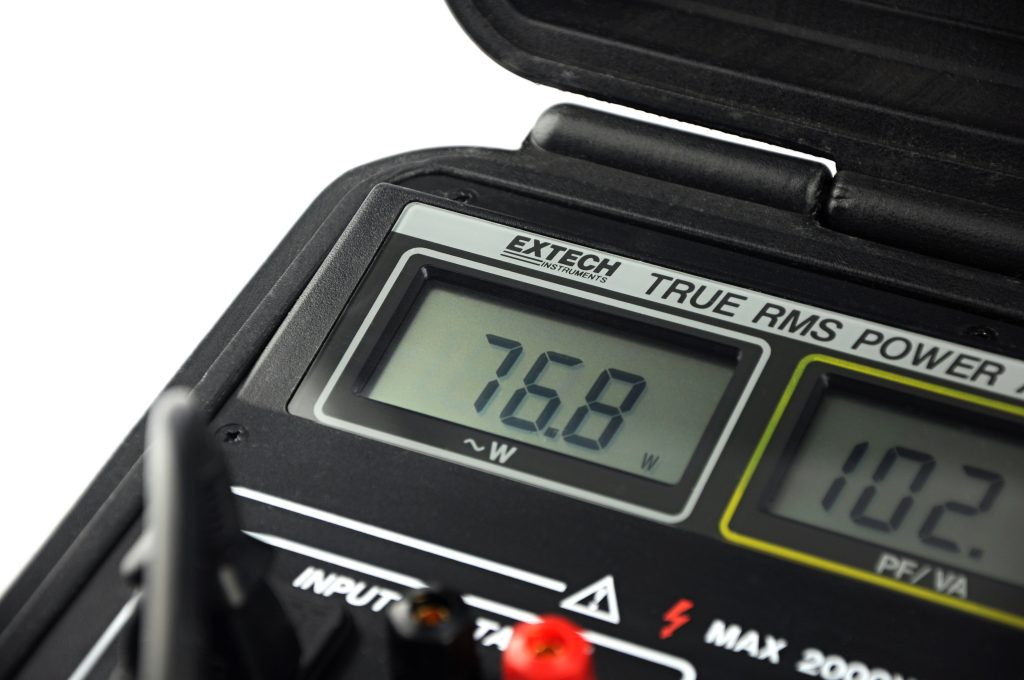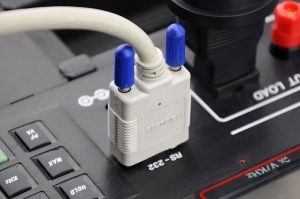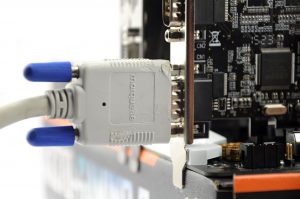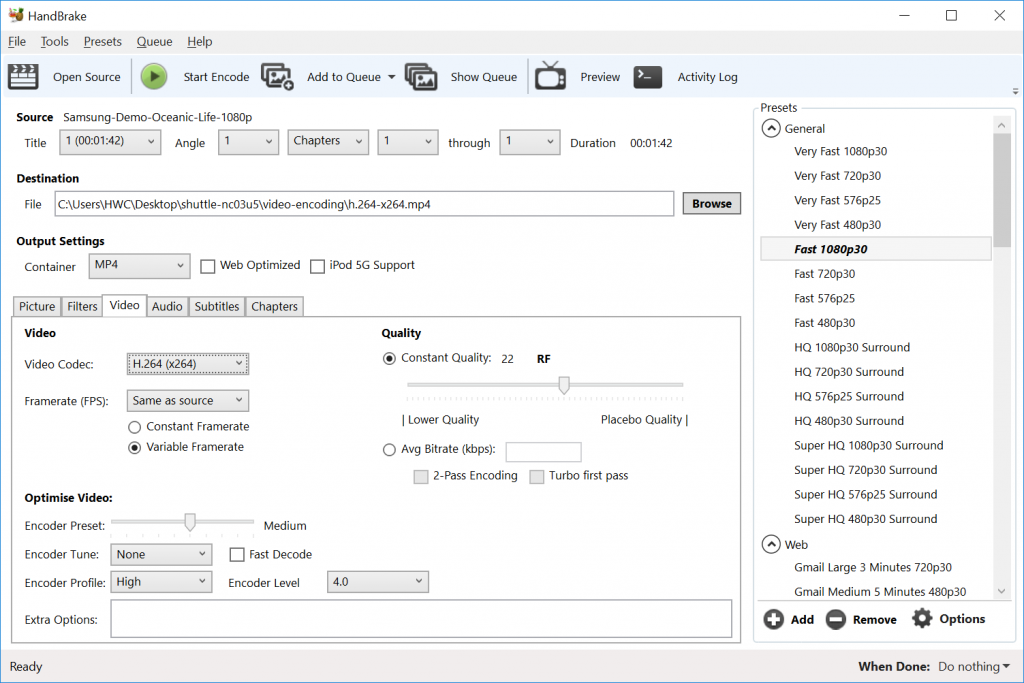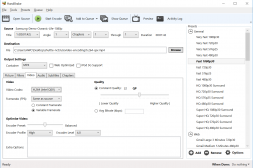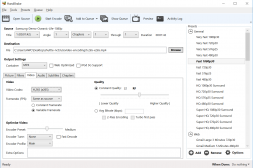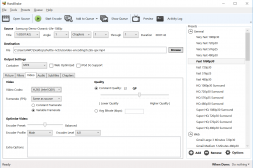Test procedures
There are not many cheap high-quality computers out there, so the design of XPC X50 is quite a pleasant surprise. It offers a lot of attractive features: display, robust mobile body, dust and liquid resistance, passive function, and the economical Kaby Lake. Shuttle managed to elegantly combine all of it into one handy device.
Test procedures
We worked with four levels of heat intensity. They were configured with regard to a common use. The lowest one was “idle” mode, the next one was video (120Mb HEVC), the third was compression of images (from RAW to JPEG), and the last one was simulated in IntelBurnTest (5 GB). After each measurement, the components were cooled by an external fan to their default temperature. Each of the tests lasted 15 minutes, which is the time necessary for temperatures to stabilize. They tend to rise a bit even after 15 minutes, but it’s common in passive configuration, and the difference is not bigger than 2 – 3 °C.
Temperatures were subtracted from internal CPU sensors, chipset, and SSD (Crucial MX300), and we also used thermocouples that were in contact with the RAM chip casing (2× 4 GB Silicon Power SP004GBSFU240N02) and the hottest MOSFET of the power supply circuit.
The consumption was measured by Extech 380801 power meter 5 minutes before the end of each mode. We acquired 150 samples of which the average value was put into charts. The brightness of the screen was 100% during these tests.
Performance tests
During these tests we also monitored performance. What is the average time of a frame when playing a video (milliseconds in charts). The ideal time in this case is 16.7 ms, which is the inverted value to 60 fps. In the test of compressing images (10MB NEF) to JPEG, it was important how many of them can the processors compress in 15m. You can also connect all the performance features in IntelBurnTest (Custom: 5 GB, GFLOPs).
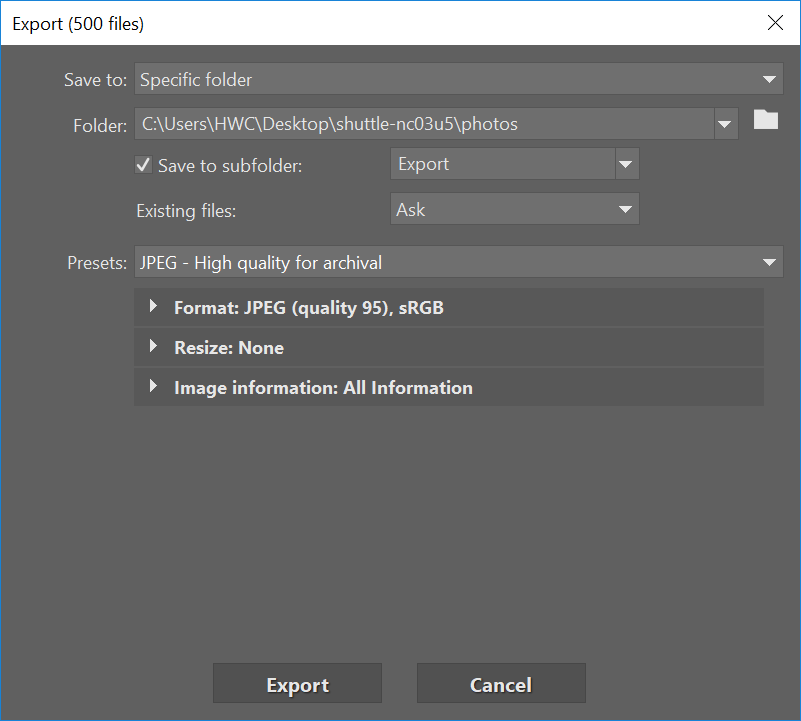
We also used several tests where we measured only performance, like encoding 40 Mbps FHD video using H.264 and H.265 codecs with all available encoders. The settings used correspond to those illustrated in screenshots from the HandBrake interface (v1.0.7).
A gameplay performance is simulated in Mafia II. We logged first 70 seconds of the second chapter (a ride through Empire Bay sequence) with PresentMon. The result is represented in frame times, minimum and average fps.
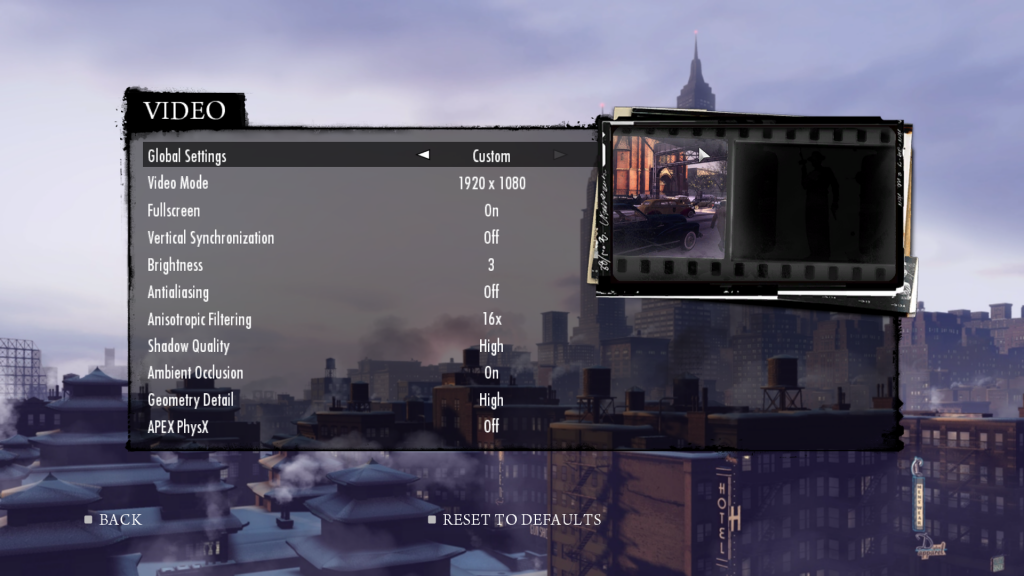
For a better comparison outside of our internal database, we also used synthetic benchmarks. CineBench R15 and 3DMark (Fire Strike, Sky Diver, Cloud Gate, and Ice Storm).
- Contents
- Parameters, details, and assembly
- Test procedures
- In idle
- Video decoding
- Image compression
- In burn (+ thermal images)
- Performance tests: transcoding and Mafia II
- Synthetics: Cinebench and 3DMark
- Conclusion





